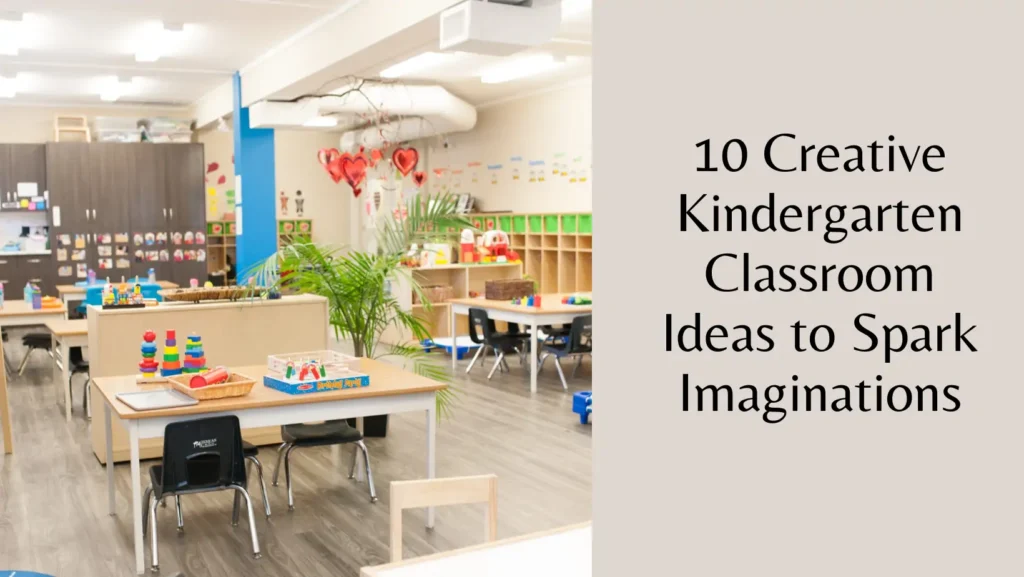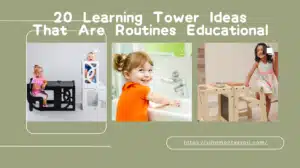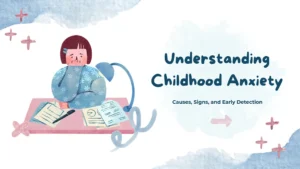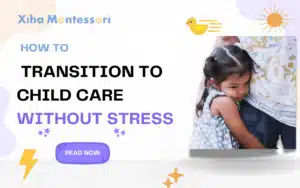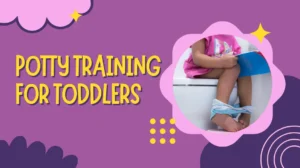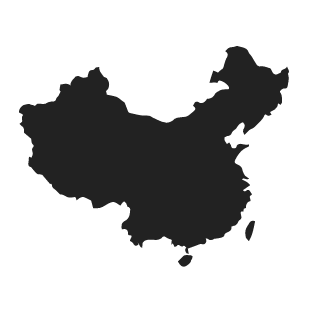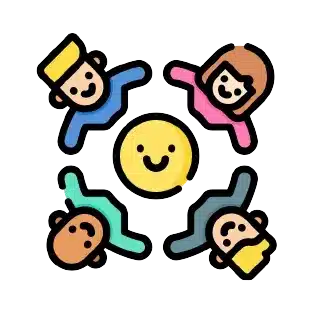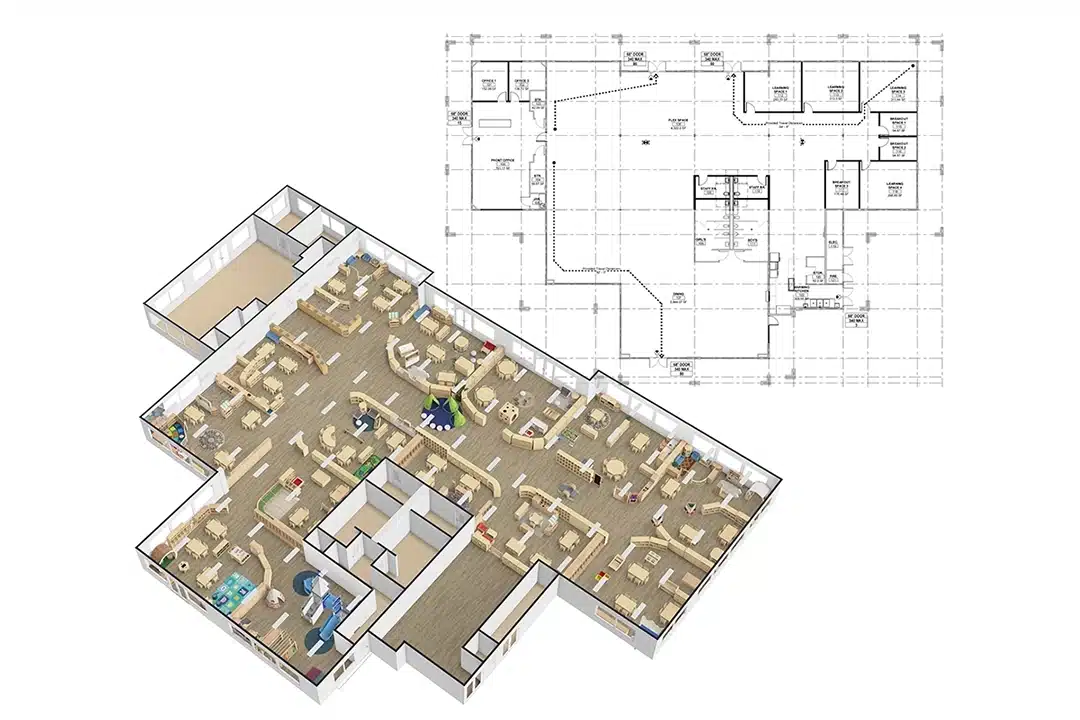Step into a kindergarten classroom, and you will be transported to a world of wonder, giggles, and endless possibilities. As a teacher, creating a stimulating and imaginative environment is essential to engaging and inspiring the young minds entrusted to your care.
Innovative kindergarten classroom ideas can transform children’s learning experience. Incorporating flexible furniture, themed areas, and interactive technology can create classroom environments that engage young learners and encourage exploration and creativity.
In this article, we will explore 10 innovative and captivating classroom ideas that will spark the imaginations of your little learners. From interactive sensory stations to vibrant reading corners, these ideas have been carefully curated to foster exploration, inspire curiosity, and promote a love of learning. Whether you’re a seasoned teacher looking to revamp your classroom or a new educator ready to embark on this exciting journey, these creative ideas will not only enhance the overall atmosphere of your classroom but also create an environment where imagination can soar. So come along on this adventure, and let’s transform your kindergarten classroom into a magical space with endless possibilities!
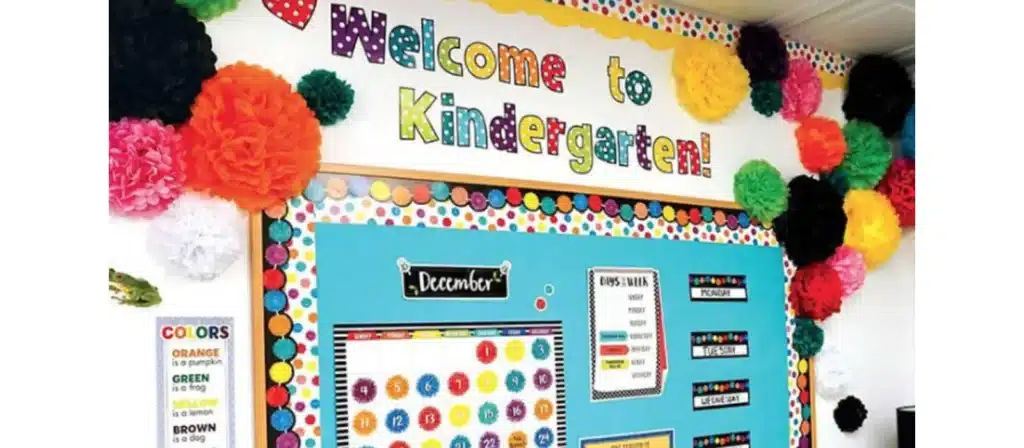
The Importance of Kindergarten Classroom Ideas
Kindergarten classroom ideas and designs are more than aesthetic choices; they are the foundation for young children’s learning and development. An adequately designed classroom can significantly enhance a child’s educational experience. It promotes active learning, fosters creativity, and supports each child’s development.
The layout of the classroom plays a key role in this regard. For example, flexible seating options allow children to choose where and how they learn, giving them a sense of autonomy and catering to their individual learning styles. Interactive learning stations, such as science corners or art tables, provide hands-on experiences essential to children’s development.
The classroom environment also needs to reflect diversity and inclusivity. This can be achieved through multicultural books, toys, and activities representing various cultures and lifestyles. Children need to see themselves and others reflected in their learning environment.
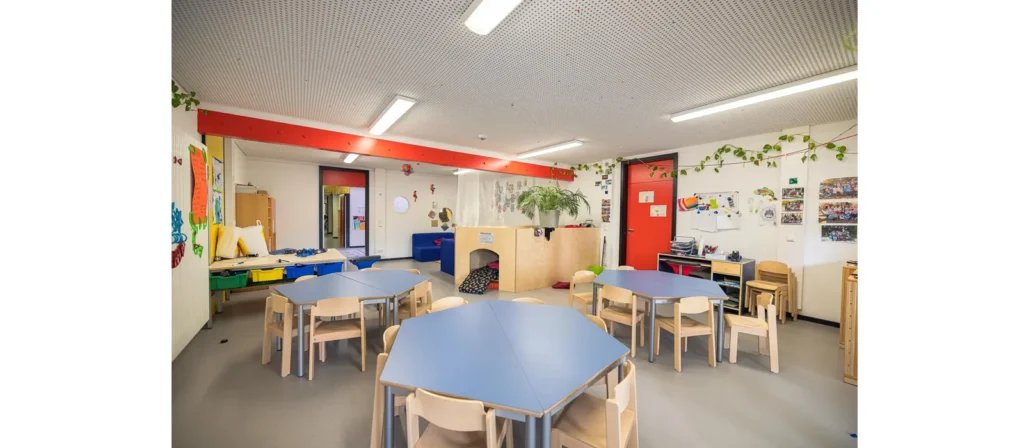
Kindergarten Classroom Ideas – Creative learning environment
Creating a vibrant and stimulating environment is crucial in a kindergarten classroom. This setting encourages young learners to explore and discover, significantly impacting their educational growth and emotional well-being. The design and atmosphere of the classroom play pivotal roles in fostering a nurturing space where children feel safe, curious, and motivated to learn.
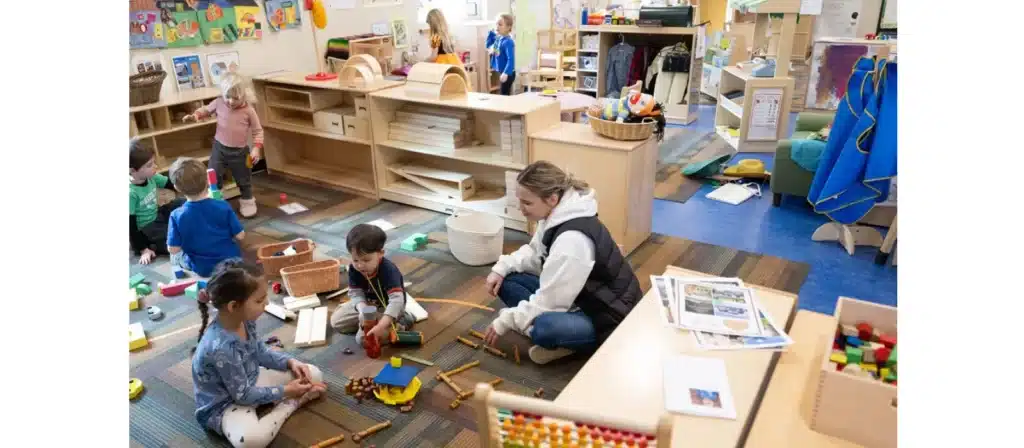
Keep It Colorful
A creative learning environment begins with color. Use bright, stimulating visuals in your kindergarten classroom to spark imagination and capture students’ attention. Interactive displays and colorful educational materials can make learning more engaging.
Bring in Some Sunshine
Arrange furniture to encourage collaboration and unrestrained movement, utilizing natural light. Windows should be unobstructed to flood the space with sunlight, enhancing mood and energy levels.
Embrace Natural Elements
Incorporate elements like plants and wooden textures to bring a sense of tranquility and connection to the outside world. These natural touches help create a calming classroom atmosphere.
Create Sensory Experiences
Soft background music and the subtle use of essential oils or scented candles can create a welcoming and inspiring sensory environment. These elements help enhance the overall learning experience by engaging different senses.
In summary, the atmosphere of a kindergarten classroom is a foundational element that influences a child’s ability to learn and grow. By integrating colorful designs, natural light, and varied sensory experiences, educators can create a dynamic environment that enhances learning outcomes and fosters overall development. The thoughtful organization into distinct zones allows for the effective utilization of space, where every corner is an opportunity for growth and discovery.
Kindergarten Classroom Ideas – Incorporating arts and crafts
Arts and crafts are potent tools for stimulating imagination and creativity in young children. Incorporating these activities into your daily routine can help your students develop fine motor skills, express themselves, and think outside the box. Provide various art materials, such as paints, markers, crayons, and clay, and encourage your students to experiment and explore. Set up an art corner with various materials and allow your students to create freely. Display their artwork around the classroom to celebrate their creativity and inspire others.
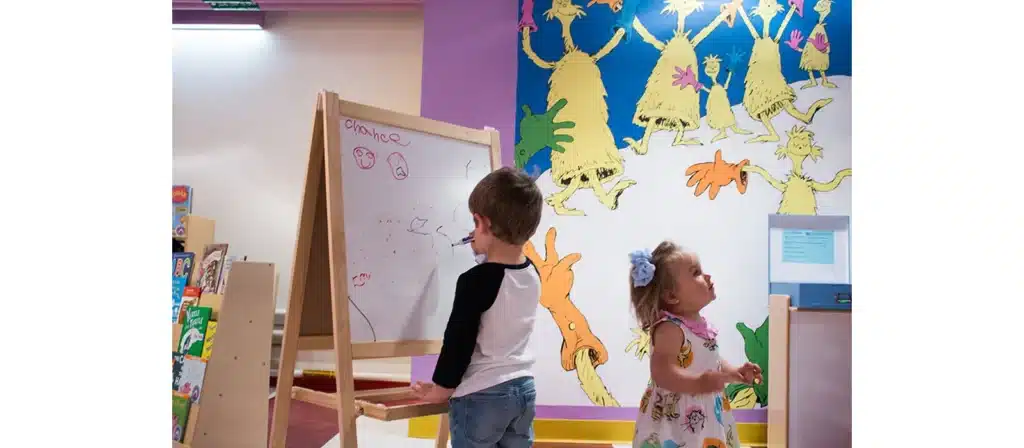
Incorporate arts and crafts into other subjects. For example, in science, have your students create models or drawings to represent what they have learned. In math, use art materials to teach concepts like patterns or shapes. By incorporating arts and crafts into different subjects, you’re fostering creativity and reinforcing learning in a fun and engaging way. Arts and crafts allow children to think creatively, solve problems, and express themselves, all essential skills that spark the imagination.
Kindergarten Classroom Ideas – Reading stories to children
Storytelling is a powerful tool in pre kindergarten classroom ideas to stimulate imagination and foster a love of learning.Through children’s story, children can explore different worlds, characters, and ideas. Incorporate storytelling into your daily life by reading aloud to your students. Choose imaginative books with vivid illustrations and engaging storylines. As you read, please encourage your students to use their imaginations to visualize the story, predict what will happen next, and even create their ending. After reading the story, engage your students in a discussion, ask open-ended questions, and encourage them to think critically and creatively.
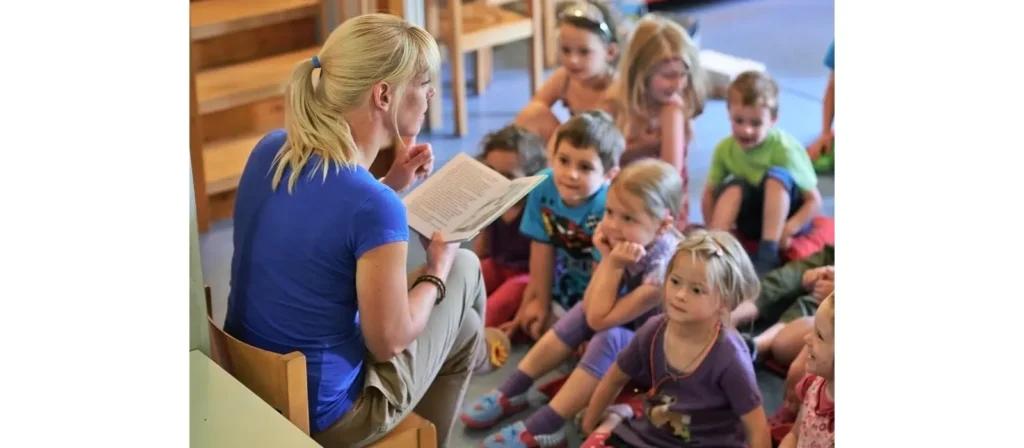
In addition to reading stories to your students, kindergarten classroom ideas should also provide them with opportunities to tell their own stories. Please set up a storytelling corner with puppets, props, and costumes where students can act out stories or create their own. Please encourage them to use their imagination and creativity to develop characters, settings, and plots. You develop imagination, language skills, critical thinking, and empathy by incorporating storytelling into your classroom.
Kindergarten Classroom Ideas – Dramatic play areas
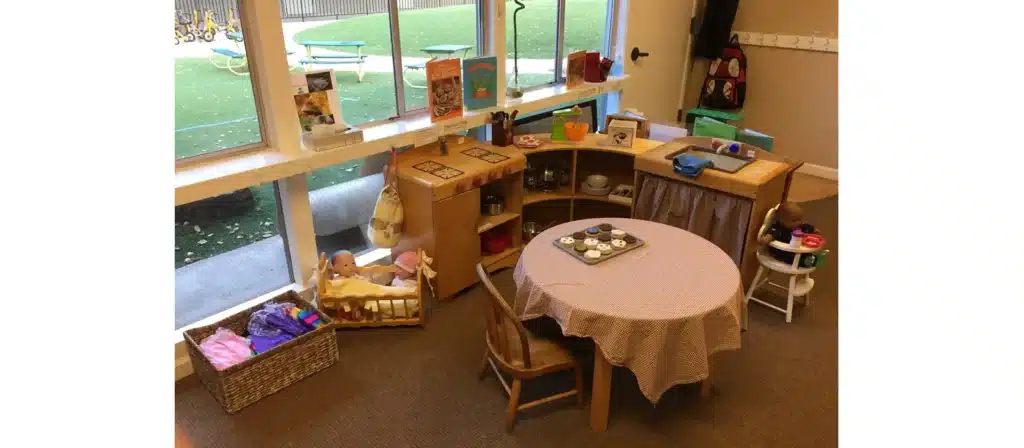
Kindergarten classroom ideas include creating a dramatic play area where children can explore different characters and scenarios. Set up different dramatic play areas in your classroom, such as a kitchen, doctor’s office, grocery store, or construction site. Fill these areas with theme-related props and costumes. Please encourage your students to participate in pretend play by taking on different roles and using their imagination to create scenes and storylines.
Dramatic play allows children to explore different points of view, develop social skills, and solve problems. It also encourages them to think creatively and use their imaginations to create narratives and characters. Observe your students during dramatic play and provide them with opportunities to reflect on their experiences. Please encourage them to share their stories and ideas and develop a sense of creativity, collaboration, and self-expression.
Kindergarten Classroom Ideas – Music and movement activities
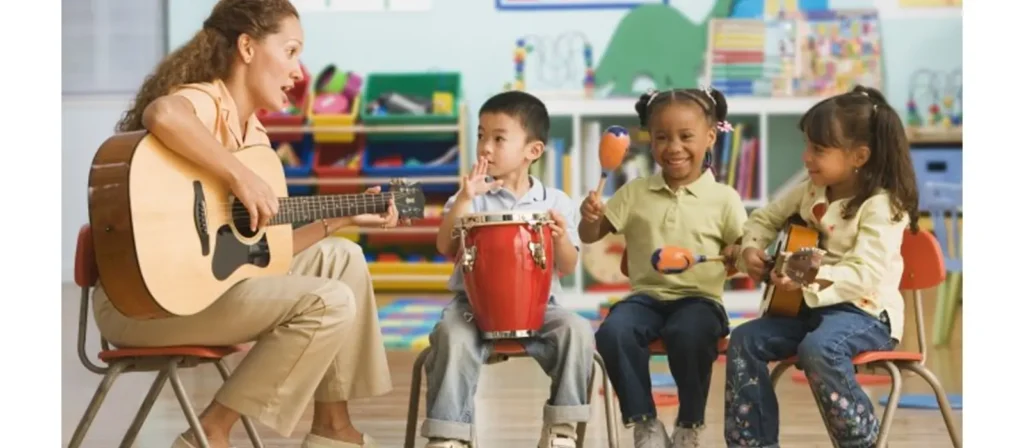
Kindergarten classroom ideas can incorporate music and movement. Incorporate music into your daily routine by playing soft background music during independent work or transition. Choose calming and inspiring music to create a positive and creative atmosphere in your classroom. You can also incorporate music into specific lessons or activities. For example, use music to teach concepts such as counting or letter sounds. Incorporate music-related movement activities by having your students dance, jump, or use props to express themselves.
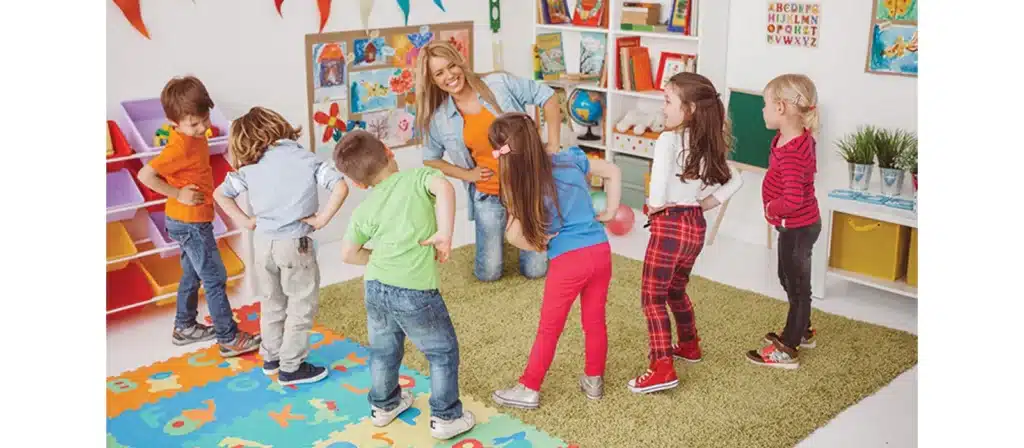
Music and movement activities not only engage children physically but also stimulate their imagination and promote cognitive development. They encourage creativity, self-expression, and a sense of joy. Incorporate music and movement into your kindergarten classroom with kindergarten classroom ideas to create an energizing and inspiring learning environment.
Kindergarten Classroom Ideas – Outdoor exploration
Kindergarten classroom ideas can connect children to the natural world by planning regular outdoor activities and field trips. Create an outdoor play area that allows your students to explore nature, observe plants and animals, and engage in hands-on learning experiences. Create nature journals where students can record their observations and reflections. Encourage them to use their imagination to create stories or drawings based on their outdoor experiences.
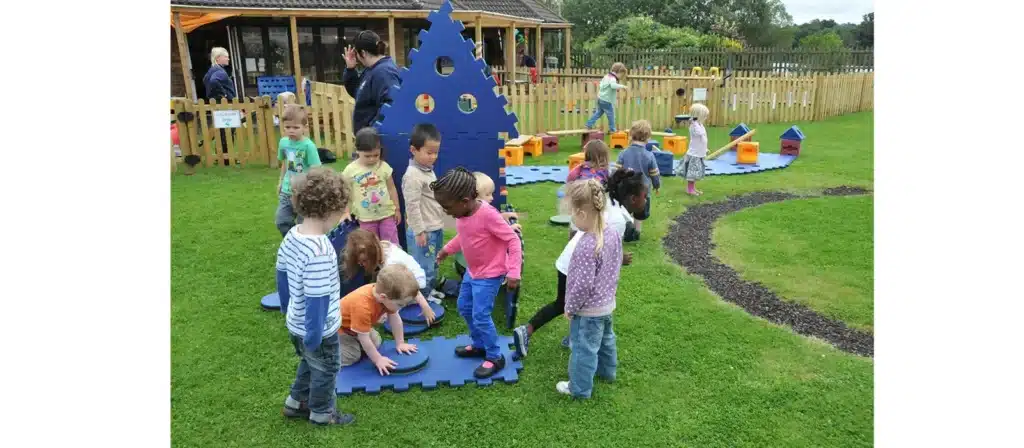
Setting up a nature table in your classroom where students can display their nature discoveries is also a great kindergarten classroom idea! Provide children with magnifying glasses and binoculars so they can examine their findings up close. Spend time observing and discussing the natural world, encouraging them to ask questions and make connections. By combining outdoor learning and nature exploration, you’re not only stimulating the imagination, you’re also fostering a sense of wonder, curiosity and environmental awareness.
Kindergarten Classroom Ideas – Technology and digital tools
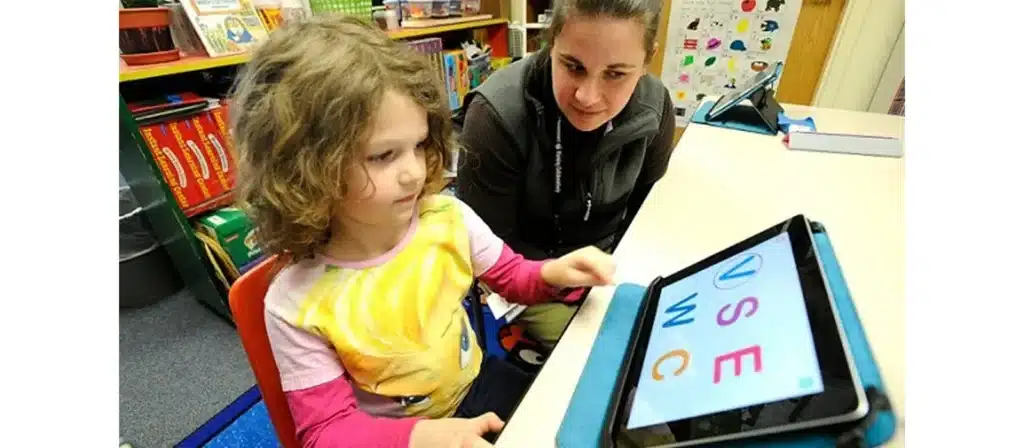
In today’s digital age, technology can be an invaluable tool for sparking imagination in the classroom. Kindergarten classroom ideas should also incorporate technology and digital tools. Incorporate age-appropriate digital tools into your lessons and activities, such as using educational apps or websites that allow students to create digital artwork, explore virtual worlds, or collaborate on projects. Integrate multimedia elements such as videos or interactive presentations into your lessons to capture students’ attention and spark their imagination.
However, it’s important to balance technology and hands-on experiences. Use technology as a supplement to other learning activities, not a replacement. Encourage your students to use technology as a tool for creativity and exploration rather than passive consumption.
Kindergarten Classroom Ideas – Group work
Collaborative projects and group work are excellent opportunities for students to collaborate, share ideas, and stimulate their imaginations. Kindergarten classroom ideas can assign group projects that require student collaboration, problem-solving, and creative thinking. Provide open-ended tasks for various solutions and encourage students to think outside the box. Assign roles within the group, such as leader, researcher, or speaker, to promote teamwork and task division.
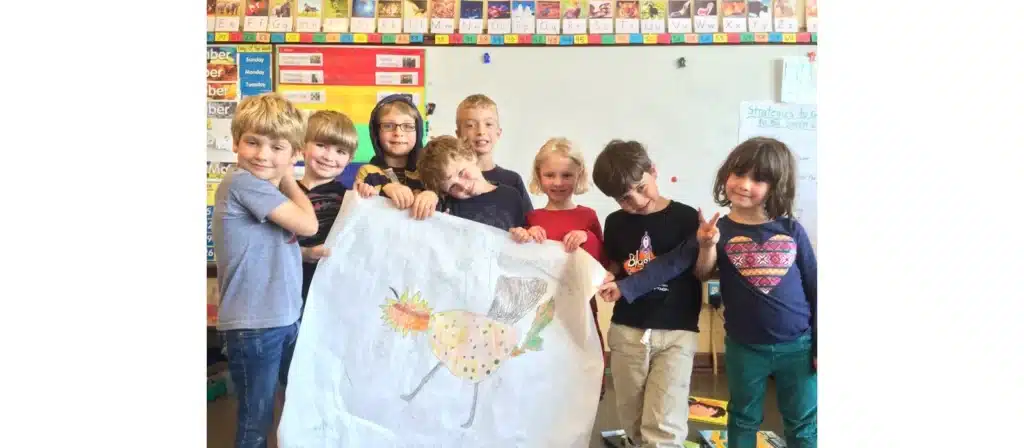
In group work, please encourage students to share their ideas, listen to others, and build on each other’s ideas. Provide opportunities for students to reflect on their group experiences and share what they have learned from working together.
Kindergarten Classroom Ideas – Encouraging individual expression
One of the most critical aspects of stimulating imagination in your kindergarten classroom ideas is encouraging personal expression and celebrating creativity. Create a safe and supportive environment where students feel comfortable expressing their ideas, taking risks, and thinking outside the box. Encourage students to share their thoughts, ideas, and creations with their peers. Celebrate their creativity by displaying their artwork, stories, or projects around the classroom. Provide opportunities for students to showcase their talents and share their creative endeavors with the broader school community.
Incorporate a classroom bulletin board as a dynamic component of this creative landscape. Use it to display notices and as a space for students to pin their aspirations, artistic expressions, and group projects. This board can serve as a rotating gallery that reflects the evolving interests and achievements of the students, keeping the classroom environment fresh and inspirational.
In addition to personal expression, creativity can be a lesson in kindergarten classroom ideas. Set aside time for brainstorming sessions where students can share and build on each other’s ideas. Encourage students to ask questions, explore different possibilities, and challenge assumptions.
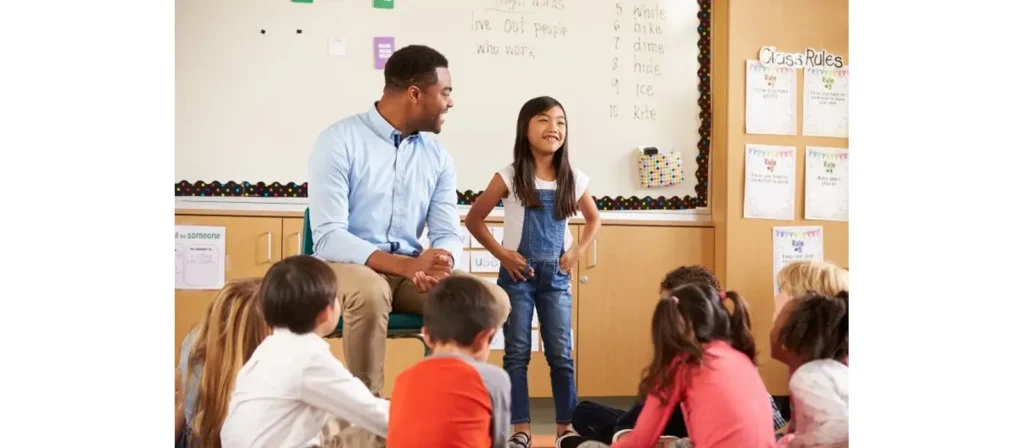
Kindergarten Classroom Ideas – Unique Furniture
Innovative furniture should be introduced into kindergarten furniture ideas. Furniture in kindergarten classrooms should be versatile, safe, and, most importantly, fun. For example, tables can be easily adjusted in height to accommodate different age groups and activities. Chairs in interesting shapes and colors add to the fun and invite children to be more active in their environment.
Here are some key considerations for selecting kindergarten classroom furniture:
Consider Textures: Use furniture with different textures to stimulate sensory experiences. Soft fabrics, smooth plastics, and natural wood can all be incorporated to enhance the sensory-rich environment.
Fashionable Seating Options: Incorporate colorful and ergonomically designed chairs and benches for little ones. Consider using modular furniture that can be easily moved and reconfigured to suit various activities and learning styles.
Ample Storage Solutions: Effective storage solutions are crucial. Consider storage units that children can easily access and use. Features like low shelves and clear, labeled bins can help children learn to organize and retrieve materials independently.
Decorative Doors: Use the doors of storage cabinets as an educational tool or decorative element. Doors can feature alphabets, numbers, or thematic images that resonate with the current learning topic.
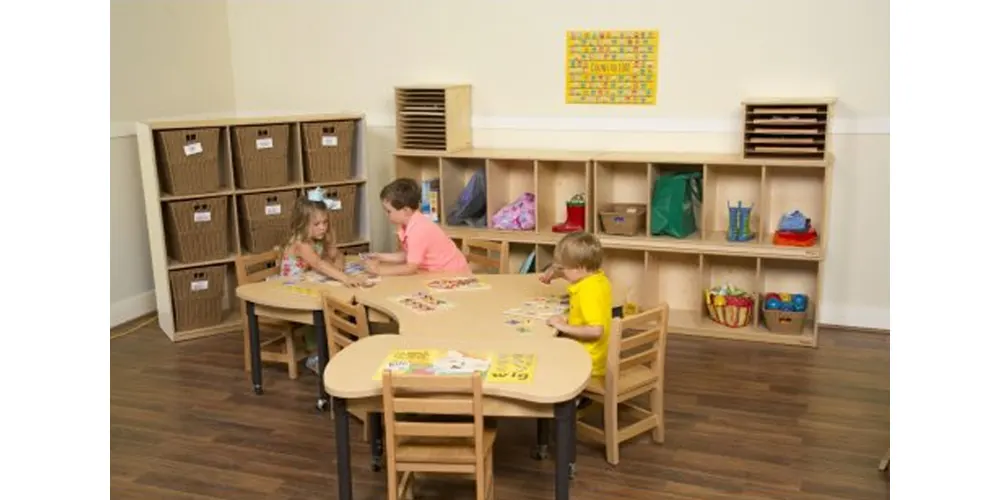
Themed Furniture: Introduce tables shaped like animals or bookshelves resembling trees. These themed pieces add an element of whimsy and wonder to the classroom and can be focal points for decoration, making learning more engaging. These pieces can be used as focal points for kindergarten classroom decoration ideas, making learning more engaging.
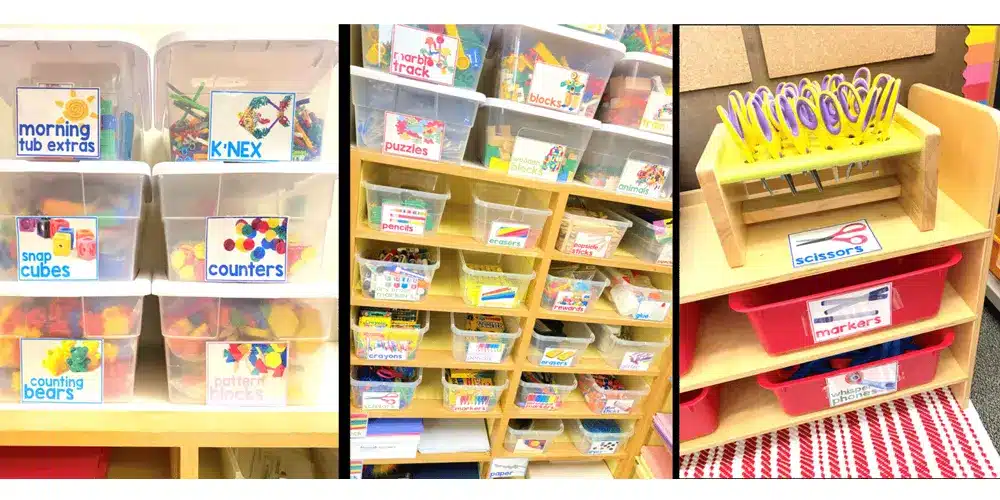
Movement-Friendly Furniture: Incorporate furniture that encourages physical activity, such as balance boards or wobble stools. This movement-friendly furniture is crucial for young children’s development and keeps the learning environment lively and conducive to active learning.
Kindergarten Classroom Considerations: What to Avoid
Ensuring the environment is stimulating and safe when designing and organizing a kindergarten classroom is essential. Here are several important considerations for Kindergarten Classroom Ideas:
- Overcrowding the Space: To maintain an effective learning environment, avoid overcrowding. Ensure that there is ample space for activities and unrestrained movement, which is crucial for safety and promotes active learning.
- Using Fragile Materials: It is critical to avoid easily breakable or hazardous materials in Kindergarten Classroom Ideas. Opt for durable, child-safe, non-toxic materials that can withstand rough handling.
- Neglecting Acoustic Management: Excessive noise can disrupt learning. Incorporating sound-dampening materials and strategically arranging the room can manage noise levels, an often overlooked aspect of Kindergarten Classroom Ideas.
- Insufficient Lighting: Ensure the classroom is well-lit, using natural light as much as possible and supplementing with gentle artificial lighting to create a visually comfortable environment.
- Ignoring Ergonomics: Include age-appropriate and ergonomically designed furniture to support children’s posture and accommodate their growing bodies.
By focusing on these key areas, you can create a kindergarten classroom that enhances learning experiences and ensures safety for all students.
Conclusion
Creative kindergarten classroom ideas cannot be overemphasized. They help shape the educational experience of young learners. Diversify your kindergarten classroom ideas with innovative designs, unique furniture choices, and a focus on multi-sensory experiences. As a leader in early childhood furniture, Xiha Montessori is committed to providing solutions that meet these diverse needs, ensuring that every child’s early educational journey is enriching and enjoyable.
FAQs
1. How can I make my kindergarten classroom setup budget-friendly?
To create a budget-friendly kindergarten classroom, focus on multifunctional furniture, utilize DIY resources, and incorporate inexpensive, durable materials. Also, consider applying for grants or seeking donations of supplies and materials from local businesses or community members.
2. Is it important to involve students in designing the classroom?
Yes, involving students in designing the classroom helps foster a sense of ownership and responsibility. It also enhances their creativity and engagement, as they feel their opinions and ideas are valued and contribute to their learning environment.
3. How can I use furniture to enhance learning in a kindergarten classroom?
Utilize furniture that is flexible and can be easily rearranged to support various learning activities. Choose pieces that are child-sized, safe, and colorful to stimulate interest. Tables with adjustable heights, movable chairs, and modular pieces that can be reconfigured for different settings (such as circle time, reading corners, or group projects) enhance the learning experience by adapting to the educational needs of the moment.
4. What are some creative ways to display children’s artwork in the classroom?
Creative ways to display artwork include creating rotating gallery spaces on bulletin boards, using string lines with clips in a designated area, or framing selected pieces to hang like a professional gallery. This approach not only decorates the classroom but also celebrates the students’ creativity.
5. How often should classroom layout be changed to keep the environment stimulating?
Changing the classroom layout periodically, such as once a term or seasonally, can help maintain a stimulating environment. Regular changes cater to different learning activities and keep the classroom dynamic, which can sustain student interest and motivation.

